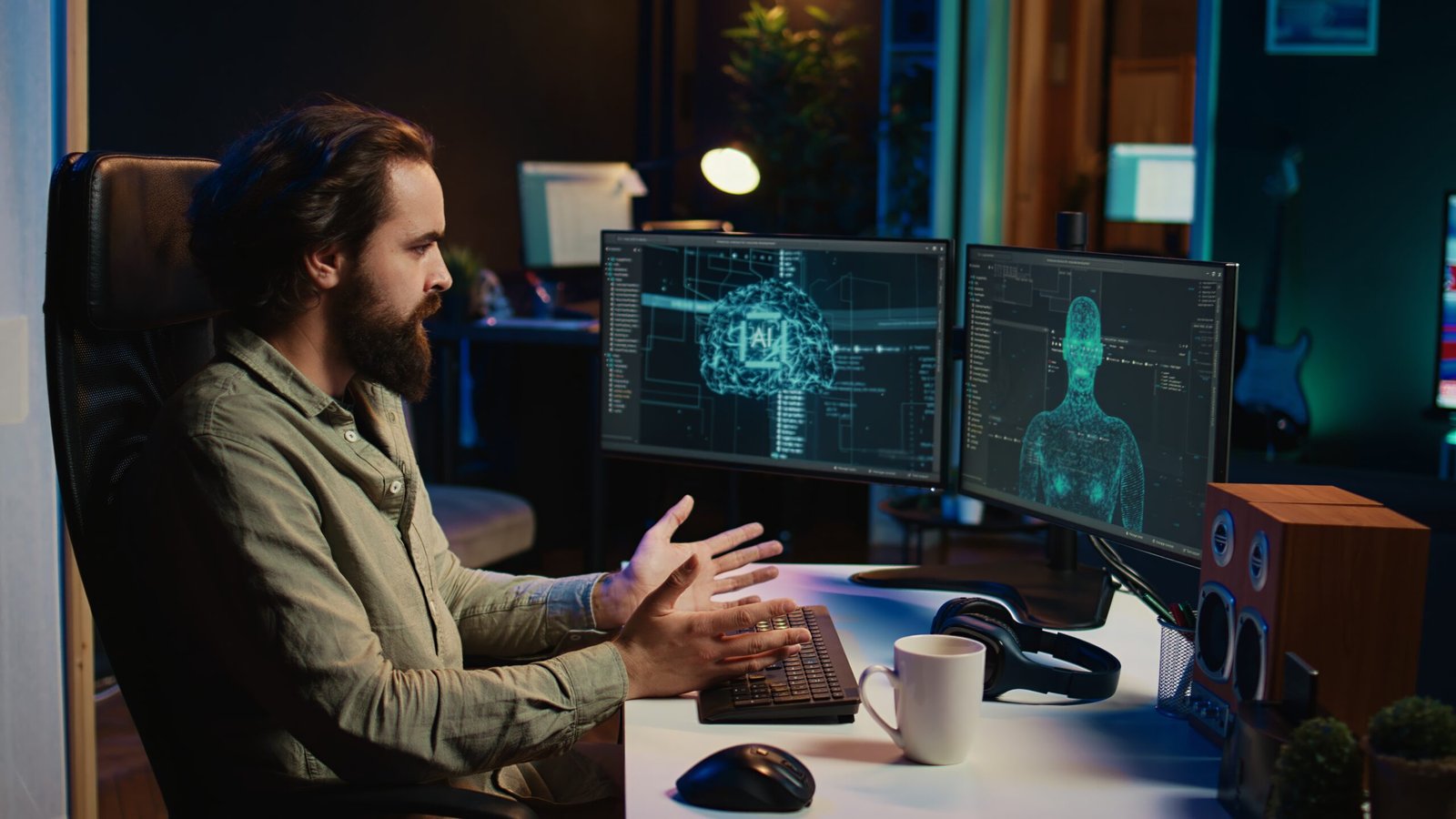Getting the best sound out of your home theater setup involves more than just investing in high-quality speakers and AV equipment. One of the most critical factors that often gets overlooked is precision in speaker placement. Even the best speakers in the world can underperform if they are not positioned correctly. That’s where a laser distance measurer becomes an essential tool. This compact, easy-to-use device can drastically improve home theater speaker placement by helping you fine-tune the distance, angles, and symmetry of your layout with pinpoint accuracy.
In this blog, we’ll explore how a laser distance measurer works, why it matters, and how you can use it to perfect your speaker placement for a truly immersive listening experience.
Why Accurate Speaker Placement Matters
Before diving into how a laser distance measurer helps, it’s important to understand why accurate home theater speaker placement is vital. Sound travels in waves, and the position of each speaker in a surround sound system directly influences how those waves interact with your room and with each other.
Proper placement helps:
- Ensure sound reaches your ears at the same time from all channels
- Maintain consistent audio imaging
- Prevent phase cancellation and distortion
- Support correct sound localization (you can tell where each sound is coming from)
- Deliver a balanced and immersive experience across all seats
Even small inconsistencies in distance—just a few inches—can affect how sound blends from speaker to speaker.
What Is a Laser Distance Measurer?
A laser distance measurer is a handheld device that calculates the distance between itself and a target surface using a laser beam. You simply point the device at a wall, speaker, or seating area, and it gives you an exact measurement, often accurate to within 1/16 of an inch or better.
Unlike tape measures, laser distance measurers:
- Provide faster and more precise readings
- Work over long distances (30 to 300 feet depending on model)
- Require only one person to operate
- Help you measure angles, heights, and diagonals with minimal effort
These features make laser measurers ideal for setting up complex home theater speaker layouts.
How to Use a Laser Distance Measurer for Speaker Placement
1. Establish Your Main Listening Position
The first step is to identify your primary listening seat—often referred to as the “sweet spot.” This is the point from which you’ll measure distances to every speaker. Use a laser distance measurer to find the distance from this position to your walls and other reference points.
2. Measure Equal Distances for Front Speakers
Your front left and front right speakers should be equidistant from the main listening position and angled inward slightly to create a stereo triangle. Use the laser to:
- Measure from the center of each speaker to your ears while seated
- Adjust the placement until both readings match
- Verify that they are equidistant from the back and side walls for symmetrical imaging
This ensures balanced stereo sound and strong phantom center imaging, especially if you are not using a dedicated center speaker.
3. Fine-Tune the Center Speaker Position
If you have a center channel speaker, use your laser tool to ensure it’s perfectly centered with the screen and exactly the same distance from the listener as the left and right fronts. This keeps dialogue anchored to the screen and prevents audio from sounding too forward or recessed.
4. Place Surround and Rear Speakers with Precision
In a 5.1 or 7.1 setup, surround speakers should be placed to the side or slightly behind the listener. Rear speakers (in 7.1) go directly behind. Here’s how a laser helps:
- Determine speaker distances to ensure they match the front speakers as closely as possible
- Confirm symmetrical positioning on the left and right sides
- Use vertical measurements if mounting them higher on the wall
Accurate distance input is also vital if your AV receiver includes auto calibration. Feeding it correct physical data allows for better timing and level adjustments.
5. Perfect Subwoofer Placement
Subwoofer placement is notoriously tricky. Although low frequencies are omnidirectional, a sub’s distance from walls and corners can cause boomy or weak bass. Use your laser measurer to:
- Measure distance from the sub to the primary listening position
- Try multiple placements and log the distances
- Match these readings with performance during test tracks or calibration
Subwoofer crawl tests are still useful, but laser tools help verify results and ensure consistent setup.
6. Optimize Dolby Atmos Height Channels
For Atmos systems with overhead or upward-firing speakers, your laser measurer becomes even more valuable. You can:
- Check vertical speaker height to match Dolby guidelines
- Confirm upward-firing modules are placed at the correct angle and distance from the ceiling
- Align ceiling-mounted speakers evenly across the seating area
Accurate vertical positioning ensures spatial effects like rain, helicopters, or voices above are rendered correctly.
Benefits of Laser Accuracy in Home Theater Setups
Using a laser distance measurer allows you to:
- Save time on trial-and-error speaker adjustments
- Eliminate guesswork in angle and distance calculations
- Set up multi-seat configurations with consistent audio performance
- Improve the effectiveness of your receiver’s calibration software
- Maintain repeatability when redesigning or upgrading your system
It’s a small investment for a tool that brings professional-level precision to your home theater speaker placement.
Pro Tips for Best Results
- Use a tripod mount for the laser measurer to get stable and consistent readings
- Mark speaker locations with tape before final placement to speed up adjustments
- Double-check readings from different angles to verify accuracy
- Calibrate your AV receiver only after speaker distances are properly measured
Final Thoughts
In the world of home theater, accuracy makes a massive difference. Sound is all about timing, distance, and direction. By using a laser distance measurer, you can perfect your home theater speaker placement and unlock the full potential of your sound system. Whether you’re setting up a compact 5.1 system or a full-blown Dolby Atmos theater, this simple tool ensures that every speaker performs exactly as intended.
Read more: https://techwaveav.alboompro.com/post/building-the-perfect-home-theater-speaker-layout
















Leave a Reply